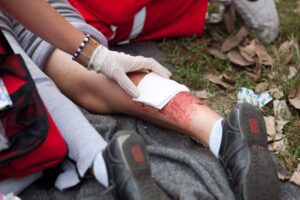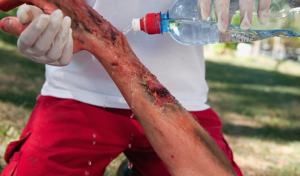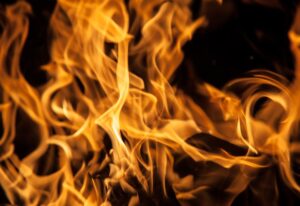
What to Prove in a Burn Injury Lawsuit
There’s a lot to prove in a burn injury lawsuit, including how severe your burn is, how much of your body is burned, and the depth of the burn.

There’s a lot to prove in a burn injury lawsuit, including how severe your burn is, how much of your body is burned, and the depth of the burn.

If you’ve burned yourself, here are some steps to take to heal from your burn injury. Properly caring for the wounded area will help it heal more quickly and minimize

Common injuries include cuts, bruises, broken bones, and fractures – so what exactly is a burn injury? Anyone can be burned, but some people are more susceptible to burns than

Burn injuries can seriously affect a person’s health and livelihood. Those who suffer from severe burn injuries often require a lengthy, painful recovery and may sustain permanent damage to their
UTAH INJURY LAWYERS
Flickinger • Boulton
• Robson • Weeks
PROVO OFFICE
3000 N University Ave
Suite 300
Provo, UT 84604
SOUTH JORDAN OFFICE
10393 S. Temple Dr.
Suite 103
South Jordan, Utah 84095
OFFICE HOURS
Monday- Friday: 8AM-5PM
Saturday-Sunday: Closed
*Disclaimer: the information provided by this website is for informational purposes only and should not be considered legal advice or a substitute for competent legal counsel.
**SMS consent and contact phone numbers will not be shared or sold to third parties or their affiliates for any purpose.
© 2025 All Rights Reserved.